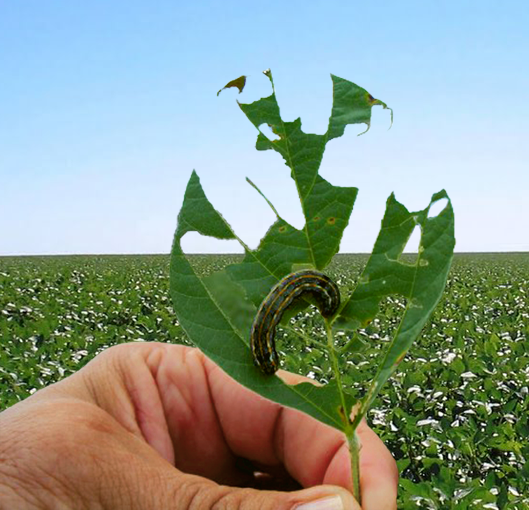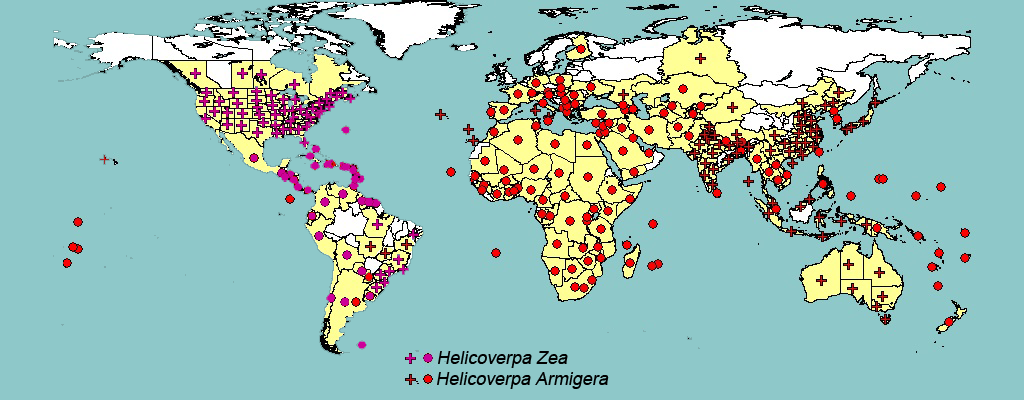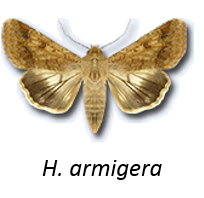Team:Valencia UPV/Project/modules/problem
From 2014.igem.org
| Line 9: | Line 9: | ||
<div> | <div> | ||
| - | <img title="Figure 1. | + | <img title="Figure 1. Healthy crop field." width="300px" style="float:left; margin-right: 15px;" src="https://static.igem.org/mediawiki/2014/d/d6/Problem1.png" alt="problem_1"></img> |
| - | <p> | + | <p>Agriculture is at the base of our global social system. Crops from all over the world feed us and provide us raw materials. Increase of population has led to a demand boost, which should come together with higher production yields to maintain the current system. It is clear that agriculture must improve along with the increase on demand. Pests are one of the main causes lowering yields in agriculture. Hence the importance of controlling them.</p><br/> |
| - | <br/><p style="text-align: | + | <br/><p style="text-align: justify; font-style: italic; font-size: 0.8em; width: 700px;"><span class="black-bold">Figure 1</span>. Healthy crop field.</p></div> |
| - | + | ||
| - | + | ||
| - | + | ||
| - | + | ||
| - | + | ||
| - | + | ||
| - | + | ||
| - | + | ||
<br/> | <br/> | ||
Revision as of 16:08, 17 October 2014
Project > Modules > Problem

Agriculture is at the base of our global social system. Crops from all over the world feed us and provide us raw materials. Increase of population has led to a demand boost, which should come together with higher production yields to maintain the current system. It is clear that agriculture must improve along with the increase on demand. Pests are one of the main causes lowering yields in agriculture. Hence the importance of controlling them.
Figure 1. Healthy crop field.
Moth pests are particularly damaging and they affect high number of crops all over the world. It has been reported that H. armigera larvae attack more than 60 species of cultivated and wold host plants, including Asteraceae, Fabaceae, Malvaceae, Poaceae and Solanaceae familie, i.e. affecting the main commercial crops such as cotton, maize, legumes, tomato and ornamental plants (Fitt 1989, EPPO 2010, CABI 2013).
Figure 2. Armigera larvae and dagmaged leaf.
Figure 3. World distribution of H. Armigera and H. Zea pests.
Traditional methods to fight them, based on chemical pesticides, may cause damage in the environment or even in the consumer. Thus, pesticides are becoming less and less socially accepted. In any case, they are not the best solution. Insects tend to become resistant, so the dose needs to increased, leading to further toxicity. Moreover, broad-spectrum pesticides affect other insects which cause no problem as well.
An alternative pest control strategy should be used fight these pests. To this end, the use of sexual pheromones is becoming popular for traps and also for mating disruption strategies. Female insects produce a pheromone trace which allows the male to find them. Once together, they mate and the female lays eggs on the plant. Then the larvae are born and eat the crops. However, if we load the air with pheromones so that its concentration passes a certain threshold, the male won't be able to follow female´s trace anymore and the larvae will never be born. The same principle is used by pheromone traps.
Nowadays the only way to obtain pheromones is by chemical synthesis. Chemical synthesis requires very skilled staff and special installations to get rid of the toxic residues, what leads to a more expensive end product. Alternative cheaper, environmental-friendly production systems are, thus, of great interest.
Our goal with SexyPlant is to create a plant able to produce the pheromones, able to release them into the environment, and completely safe both for humans and environment. Achieving our goal implies solving problems related to:
- Expressing pheromone biosynthesis in the plant by introducing the appropriate pathway
- Achieving pheromone release
- Switching to release the pheromone to the environment just when desired
- Making the plant biosafe
- Analysing pheromone productivity, and optimal distribution of SexyPlant when intercropped with the affected plant species.
 "
"



